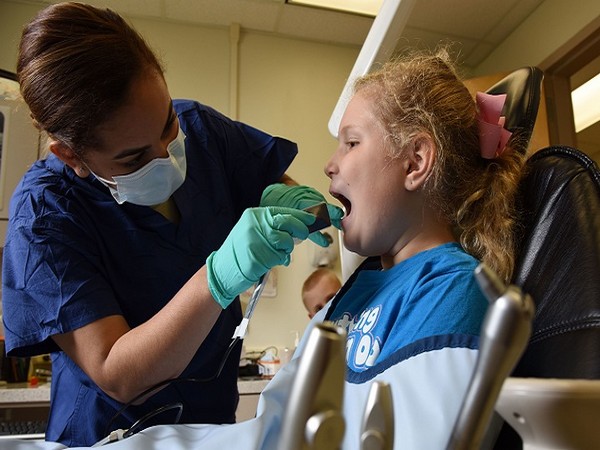Washington: A recent study highlights the oral health inequality between indigenous and non-indigenous children across the country.
The study was published in the journal ‘Journal of Dental Research’ on June 22 at Vancouver Convention Centre West Building, Vancouver, BC, Canada.
This study compared relative oral health inequalities between Indigenous and non-Indigenous children and adolescents ages five to 15 years-old from Brazil, New Zealand, Australia and many more.
Data were collected by the researchers from the most recent nationally representative oral health surveys in each country and gingival inflammation, dental caries experience, untreated decayed teeth and missing and filled teeth were assessed in the primary and permanent dentitions. Parent-reported child oral health was also evaluated.
The authors of the study found that irrespective of country, Indigenous children had worse oral health than their non-Indigenous counterparts in all indicators. The magnitude of these differences was greatest in Australia for the proportion with dental caries experience, untreated decay or gingival inflammation.
For missing teeth, filled teeth and poor parent-reported child oral health, the magnitude of inequality was greatest among Brazilian children. These findings suggest that Indigenous and non-Indigenous oral health inequalities begin in childhood. This reinforces the need for equity in social and economic policies, along with culturally appropriate and early oral health interventions.
[source_without_link]ANI[/source_without_link]

